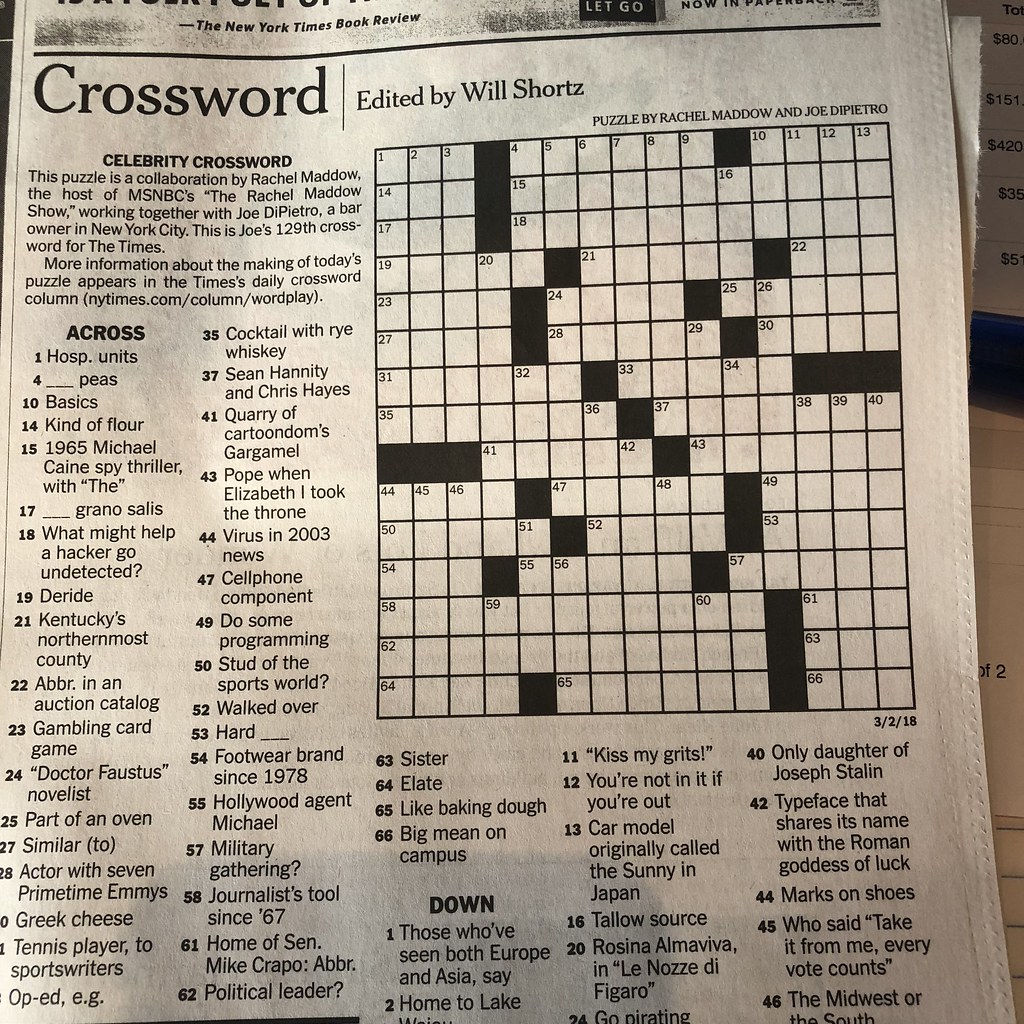Wordplays or the fun turns and twists of language, have long captivated people’s attention. Wordplays improve communication in ways that go beyond just using words, from the delicate dance of anagrams to the subtle subtleties of puns. In this piece, we take a look at the fascinating world of wordplays, including their historical origins, contemporary uses, and the psychology that underlies their enduring appeal.
Definition of wordplays
Fundamentally, wordplays are creative linguistic constructions that produce irony, puns, or witty connections. They provide a dash of humour and surprise, beyond the words’ precise meaning.
Wordplays are linguistic decorations that liven up regular conversations and offer flair and inventiveness. They increase mental stimulation and provide a greater understanding. of the language’s adaptability.
Wordplay Types
Puns
Puns, the wordplay jesters, make use of a word’s many meanings or phonetic resemblance to make jokes funny. They give language a lighthearted spin that frequently makes readers grin.
Double entendre
Crafting a sentence with two separate interpretations, generally more risqué or hilarious than the other, is the delicate art of double entendre. It’s an elegant wordplay that’s valued for its deft ambiguity.
Anagrams
Anagrams reveal hidden meanings by creating a new word or phrase by rearranging its letters. This type of wordplay demonstrates how beautiful language is.
Words that rhyme
Wordplays that rhyme give words a melodic, rhythmic, and memorable aspect. They are common in music and poetry, demonstrating how language and rhythm are interwoven.
Historical Importance
Wordplay was highly valued in ancient societies, as seen in the works of famous poets and thinkers. These verbal gymnastics provided amusement as well as instruction.
Wordplays evolved with civilizations. Every culture offered its distinct tastes, demonstrating the variety of linguistic inventiveness found throughout the world.
Contemporary Use in Writing and Media
Wordplays are still used by writers to draw readers in and add humour and depth to their stories. It is an old-fashioned literary technique.
Wordplays become effective tools in the cutthroat world of advertising, drawing attention and making an impact. Appealing Consumers respond well to memorable wordplay-infused ads and catchy slogans.
Wordplays are a staple of modern culture, from television series to films. Witty banter, memorable one-liners, and catchphrases frequently become cultural icons.
Advantages of Using Wordplays
Playing word games improves cognitive function and pushes people to consider words’ meanings beyond their literal sense. It’s a creatively stimulating brain activity.
Wordplays add comedy to conversations, improving their quality. Through their shared laughing, they act as a social lubricant, strengthening bonds between people.
Developing Powerful Wordplays
Effective wordplay takes into account the cultural background of the audience to make sure the cleverness or humour hits home without being confusing.
Gaining proficiency in wordplays requires a deep comprehension of linguistic intricacies. Examining homophones, synonyms, and language nuances improves wordplay development.
Although originality is crucial, clarity shouldn’t While originality is vital, clarity shouldn’t be compromised. Wordplays that work well combine linguistic creativity with direct communication.
Spoken Word Play in Casual Conversation
Wordplays in informal talks are easy to incorporate. Diligent linguistic shocks abound in ordinary discourse, ranging from sharp rejoinders to deft rebuttals.
Wordplays liven up talks, keeping listeners interested and breaking up the monotony. They increase the vibrancy of communication by promoting a dynamic exchange of ideas.
Wordplays in Various Linguistics
Wordplays from many cultures reflect how language systems and cultural subtleties impact linguistic inventiveness.
Wordplay translation is difficult since language and cultural context frequently matter a great deal. It’s important to be mindful of cultural differences while translating wordplays since some of them might lose their appeal.
Difficulties with Wordplays
They are tricky, and there’s a chance they may be misunderstood. What makes one person laugh could make another person uncomfortable or even confused.
It is essential to be aware of cultural distinctions in today’s globalised environment. Sensitive wordplay writing is necessary to prevent inadvertent miscommunications.
Well-known Wordplay Illustrations
Wordplays from Shakespeare
Shakespeare’s wordplays are abundant throughout his plays, which demonstrate his skill at creating timeless language. There are many smart wordplays in today’s media, from stand-up comedians to viral memes, that appeal to a wide range of viewers.
Wordplay in Online Conversations
Memes are becoming a common way for wordplays to disseminate wit and humour on social media in the digital era.B. Trends that become viral Wordplays help generate viral trends by turning smart hashtags and memorable phrases into online phenomena.
The Mentality Behind Appreciating Wordplay
Wordplays provide the audience with a fun mental workout by triggering particular brain processes linked to humour. It elicits feelings in addition to cognitive ones, forging a special bond through mutual laughter between the speaker and the listener.
Uses in Education
Teachers use it to make language study engaging for pupils, encouraging a love of words and linguistic inventiveness. Wordplays are useful resources for improving language proficiency because they inspire students to learn more about language outside of the classroom.
Upcoming Patterns in Wordplays
It takes on new forms as technology advances, changing the face of linguistic inventiveness in the digital era. The future of linguistic inventiveness seems bright, with interactive language experiences and AI-generated wordplays among the possibilities.
Final Thoughts
In summary, after exploring the complex realm of wordplays, it is clear that these linguistic treasures have a variety of positive effects on our lives. The timeless appeal of it unites people through their love of language, whether in the historical allusions found in classical literature or the ever-changing media world of today.
Frequently Asked Questions
Do wordplays exist everywhere, or do they differ in different cultures?
Although wordplays are popular everywhere, different cultures may have different tastes and subtleties in them. When creating or analysing wordplays, cultural context must be taken into account.
How can I use wordplay in my regular conversations?
Take note of linguistic nuances, experiment with various wordplays, and get comfortable using them in speech. It’s an enjoyable method to improve your ability to communicate.
Are wordplays useful in the classroom?
Of course! It improve language proficiency, boost cognitive functions, and add enjoyment to the learning process. They are frequently used by teachers as useful resources for teaching languages.
Which literary works have several well-known wordplays?
Does technology have a role in the development of wordplays?
New wordplays and linguistic innovations arise with the advancement of technology. Digital platforms, interactive language experiences, and artificial intelligence-generated material shape the future of wordplays.







